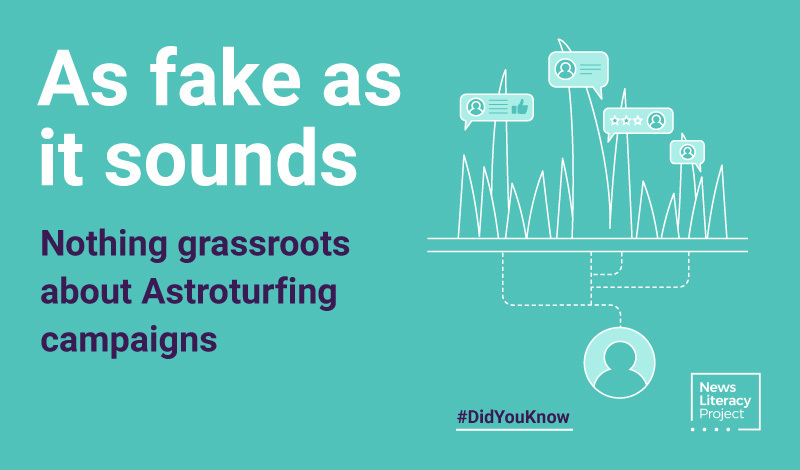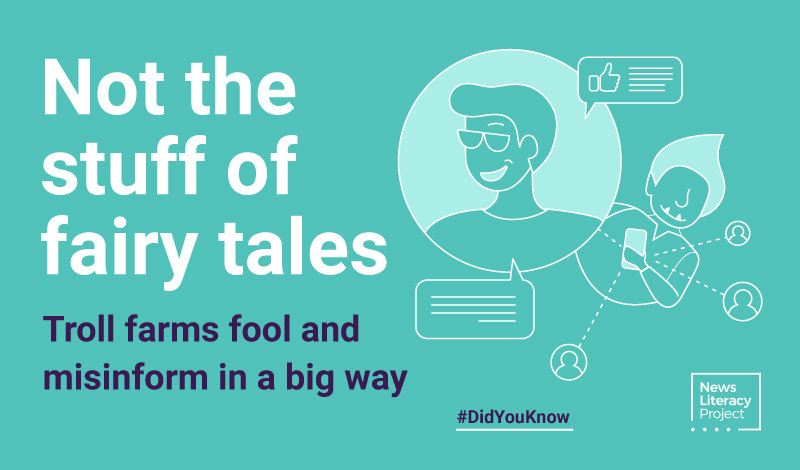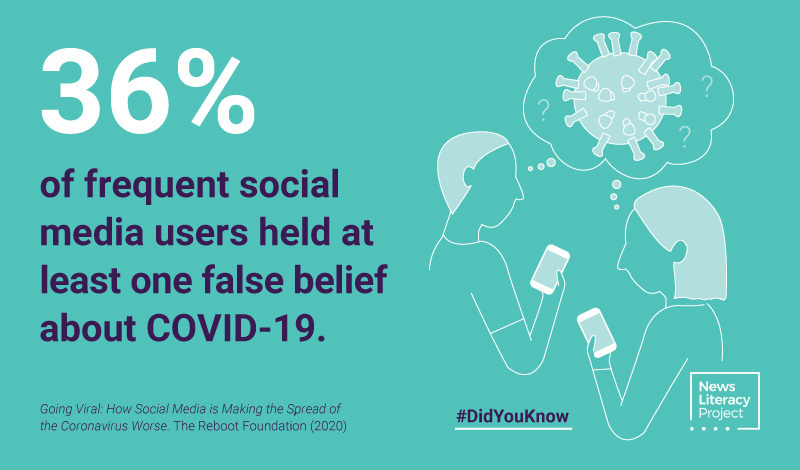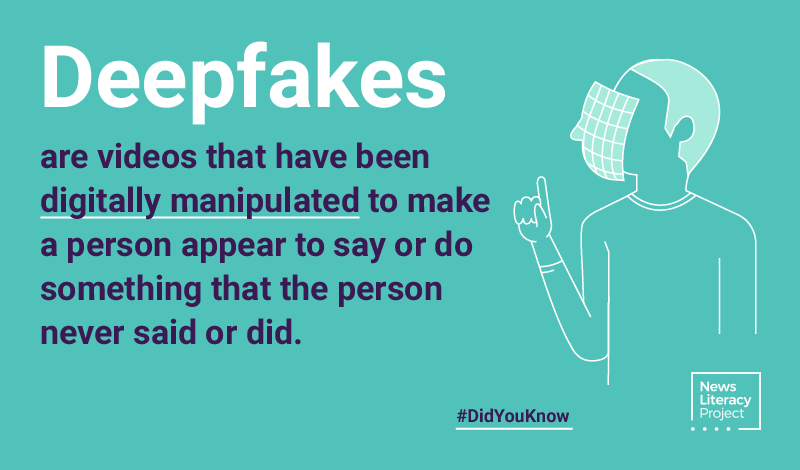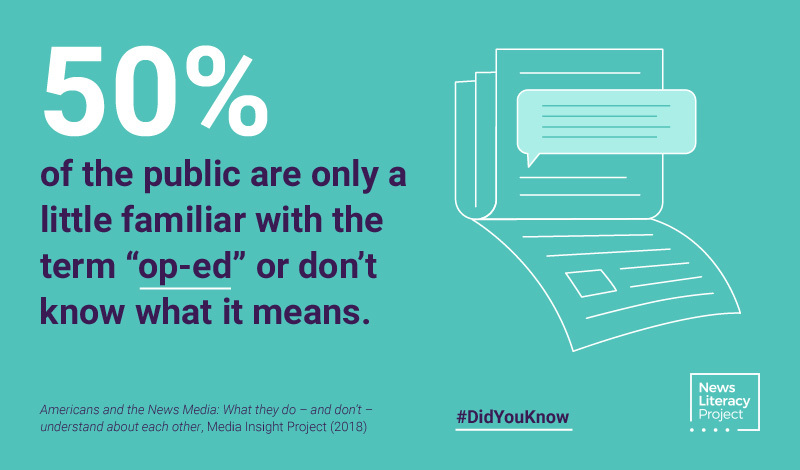
Did You Know?
Regions that lose news outlets become more partisan
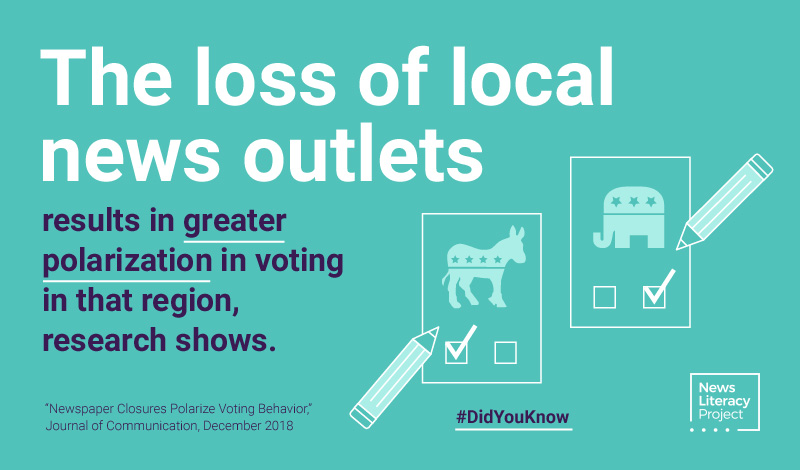
There’s a lot to dislike when a local newspaper shuts its doors. As members of the community, we’re less informed about what’s happening around the corner (hey, why is that building being razed? and who’s playing at the concert in the park?). Elected officials are freer to do as they please without the oversight of reporters making inquiries on our behalf.
But one surprising result of the decrease in local news coverage, according to three researchers who studiedthe media’s influence on voters, is how it affects the way people vote: The populace tends to become more polarized.
First, a look at the numbers: In 2006, the total weekday circulation figure (print and digital) for American daily newspapers was 52 million. By 2017, it was estimated to have dropped to under 31 million. And a 2018 study by a professor at the University of North Carolina’s School of Media and Journalism noted that there are now almost 1,800 fewer local newspapers than there were in 2004.
Larger national outlets, such as The New York Times, The Washington Post and USA Today, continue to cover national news, and the internet provides a large stage for their reports. As a result, the three researchers found, national political news is inescapable, and it often focuses on partisan conflict.
So Joshua Darr of Louisiana State University, Johanna Dunaway of Texas A&M University and Matthew Hitt of Colorado State University followed what they called a “hunch”: “If people are consuming more nationalized news when their local newspapers decline, they might become more polarized themselves and vote accordingly.”
Focused on split-ticket voting (voting for candidates of different parties when multiple offices are on an Election Day ballot), the researchers compared patterns in the 2012 election in two types of counties: ones that had lost a newspaper and ones that had not. The result: “Voters were 1.9 percent more likely to vote for the same party for president and senator after a newspaper closes in their community, compared to voters in statistically similar areas where a newspaper did not close.”
The researchers ultimately attributed the increase in partisanship to people consuming more national news. They also noted how often such a seemingly small percentage can swing an election.
Their parting plea: Turn your attention, and your subscription dollars, from the “national spectacle” and back to local news, rather than have “political partisanship … inform political choices.”
